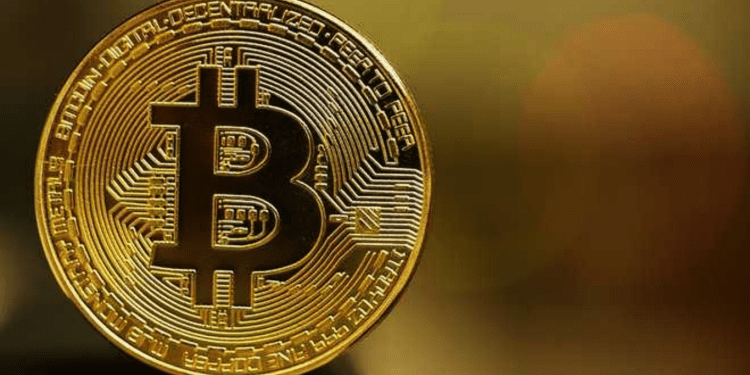- More than half of the space in Bitcoin’s data blocks is being used for Ordinals NFT transactions
- The hype on the NFT protocol caused $600,000 in profits for miners
- Dune Analytics showed over 74,000 NFTs were in circulation
The Ordinals NFT protocol was released in January 2023. Since then, over 74,000 NFTs have been in circulation. The miners earned almost $600,000 from Bitcoin (BTC) transaction fees. According to a Forbes article by Leeor Shimron, the protocol caused controversy in the space because it enables non-fungible tokens “to be appended to Bitcoin transactions, effectively bringing NFTs to the largest crypto network by market capitalization.”
In other words, the Ordinals project allows the inscription of images or any digital asset directly on satoshis (1 satoshi equals 0.00000001 BTC). It mints any digital product into an NFT without needing a token or sidechain. Bitcoin miners have been responsible for the minting surge since January 30. Because of the Ordinal’s technology, the NFT community is now divisive. One side says the use of BTC is revolutionary, while the other says it ruins traditional NFT minting and breaks the rules of Ether (ETH).
Due to its breakthrough in NFTs, the blockchain sector saw significant demand for the BTC block space. The Ordinals protocol is made possible by two upgrades to the Bitcoin network: Segregated Witness (SegWit) and Taproot.
SegWit expanded Bitcoin’s block capacity to four megabytes, and Taproot allows multiple payments simultaneously as long as they are not bigger than 4 megabytes. This lets the minter include images and videos in Bitcoin blocks.
Since Ordinals came along, the size of Bitcoin’s blocks has increased from its usual 1.5-2 megabytes to between 3 and 3.5 megabytes as of last February.
BitMEX showed the activity where Ordinals took more than 50% of the BTC block.
“Ordinals Bitcoin blockspace usage remains high. As a block height 776,337 (February 13, 2023, 11:55 UTC).” BitMEX added, “Ordinals data continues to consume a large percentage of Bitcoin block weight, often over 50% Data over rolling 40 block periods.”
In simpler terms, 776,337 block height equals almost 74,000 NFTs minted in the BTC blockchain.
Possible New Source of Revenue for Bitcoin Miners
Due to the more significant percentage earned through Ordinals, BTC miners may have found a new way to profit from the longest-reigning cryptocurrency. After all, a miner only earns 3% of the transaction fees.
Every time miners add one block to the Bitcoin network, they receive 6.25 BTC in return. This reward will be cut in half to 3.125 BTC on May 2024 – the next halving event. Because of this, miners are expected to make more money from transaction fees over time as the block rewards reduce.
With Ordinals, miners can also make money from miner extractable value (MEV). MEV is the maximum amount of extra money miners can get by creating new blocks beside the fixed transaction fees and block rewards. The MEV system is similar to how some miners make money on Ethereum.














